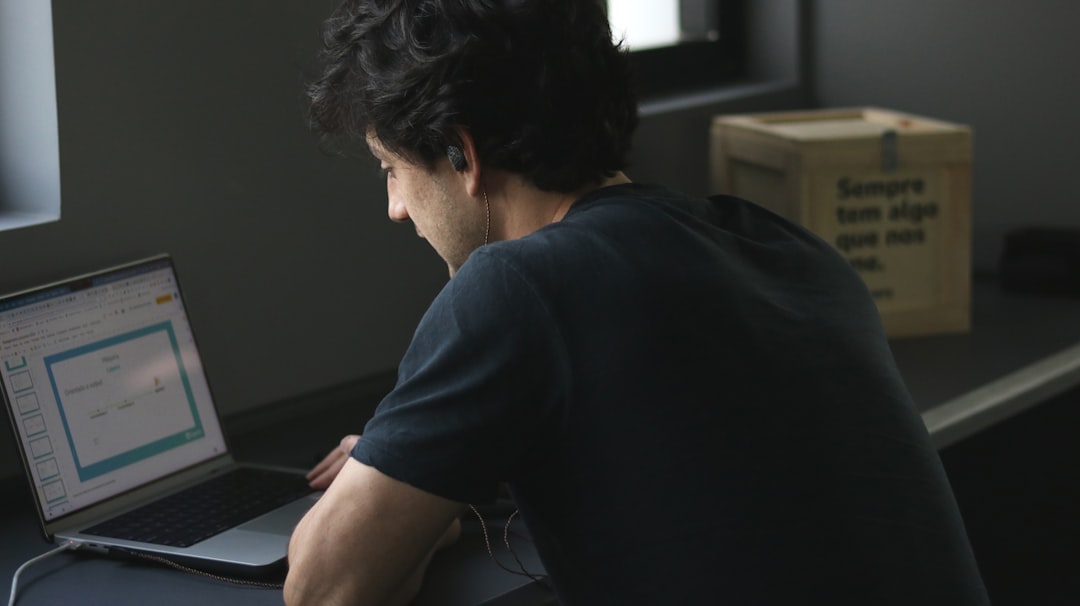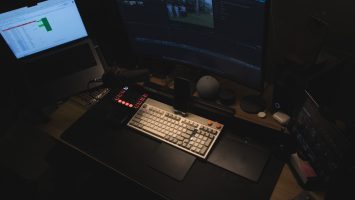If you’ve recently found yourself with more devices than HDMI ports on your TV or monitor, you’re not alone. Between gaming consoles, streaming devices, Blu-ray players, and laptops, it’s easy to run out of HDMI input options. Fortunately, there are a few simple and budget-friendly solutions for connecting two devices to just one HDMI port. In this article, we’ll guide you through the most effective methods to help you make the most of your audio-visual setup.
Contents
Understanding Your HDMI Limitations
Most TVs and monitors come with 1 to 4 HDMI ports. Once these are all in use, adding another device can feel like an inconvenience. That’s where HDMI splitters and switches come into play. While it might seem like you can use any adapter and get it working, the reality is a bit more nuanced. You need to understand the tools available and which one suits your needs best.
Two Popular Ways to Connect Two Devices to One HDMI Port
Connecting two devices to a single HDMI input isn’t as difficult as it sounds. Here are the top two approaches:
- HDMI Switches
- HDMI Splitters
1. HDMI Switch: The Ideal Solution
An HDMI switch is the most effective and recommended way to connect multiple devices to a single HDMI port. It allows you to select which device you want to use at any given time without having to unplug anything physically. Simply plug both device cables into the switch and then plug the switch into your TV or monitor.
- Affordable: Most HDMI switches cost between $10 and $30.
- Easy to use: Some even come with remote controls for extra convenience.
- No signal loss: High-quality switches maintain excellent signal integrity.
[ai-img]hdmi switch, remote, connected devices[/ai-img]
Look for a switch that supports your devices’ highest resolution output—such as 4K or Full HD—and ensure it’s compatible with HDCP (High-bandwidth Digital Content Protection) if you’re using streaming services or Blu-ray players.
2. HDMI Splitter: A Misleading Name
Unlike a switch, an HDMI splitter takes a single signal and sends it to multiple displays, not the other way around. It’s used to mirror the video output across two screens, like when you want to watch the same content on a TV and a projector.
So, if your goal is to connect two input devices (e.g., a PlayStation and a Roku) to one HDMI port, a splitter won’t do the job correctly. You’ll end up with conflicts or no signal at all. Therefore, while splitters have their place, they’re not suitable for this particular use case.
Do You Need a Powered HDMI Switch?
Good question! HDMI switches come in two varieties: passive (manual) and active (powered). Passive switches are suitable for simpler setups where cable lengths are short, and devices don’t draw much power over HDMI.
However, if you are dealing with high-resolution outputs (like 4K), longer cables, or devices that require extra HDMI power, you should opt for a powered switch. These models require a small power source—usually via micro-USB or an AC adapter—but offer better performance and stability.
[ai-img]hdmi powered switch, usb cable, television[/ai-img]
HDMI CEC: A Bonus Feature
Some modern HDMI switches support HDMI CEC (Consumer Electronics Control), which lets you control multiple devices through a single remote. Imagine turning on your gaming console and having your TV automatically switch to the correct HDMI channel—that’s the magic of HDMI CEC. While not all switches support this feature, it can be a game-changer for a sleek and easier-to-use entertainment setup.
Quick Setup Guide
Here’s a quick step-by-step guide to connecting two devices to one HDMI port using a switch:
- Buy an HDMI switch (powered if using 4K or long cables).
- Connect both devices to the switch’s input ports.
- Connect the switch’s output to your TV’s HDMI port.
- Power the switch if needed.
- Use the button or remote to toggle between devices.
Things to Watch Out For
- Input Lag: Poorly made HDMI switches can sometimes introduce lag.
- Cable Quality: Use high-speed HDMI cables to ensure the best performance.
- Device Compatibility: Not all HDMI switches work with every device—check reviews and specs before buying.
[ai-img]hdmi cable, tv setup, media console[/ai-img]
Conclusion
Whether you’re a tech enthusiast or simply trying to get more out of your limited HDMI ports, using an HDMI switch is hands-down the best way to connect two devices to one HDMI input. It’s simple, affordable, and highly effective, letting you expand your home entertainment without compromising on quality or convenience.
Next time you run out of HDMI ports, don’t worry—just switch it up!



